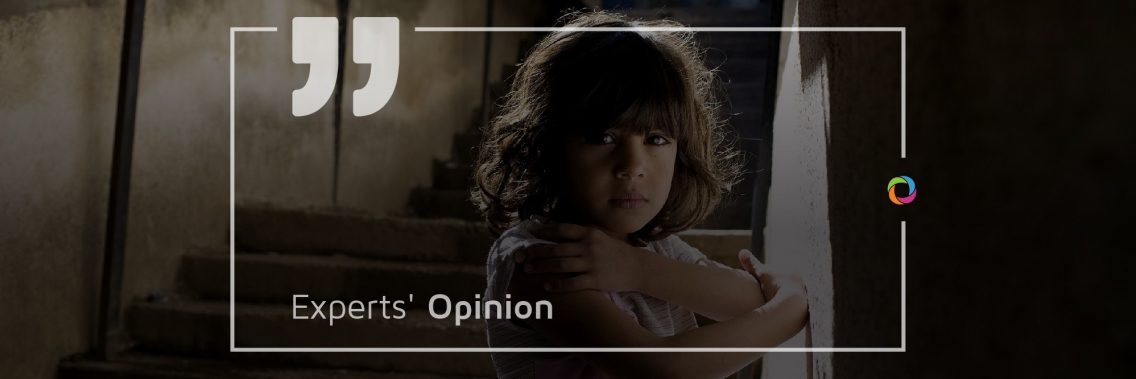Organizations that operate in the field of child abuse prevention claim that this can happen in any family and no one is safe. According to certain studies, child abuse cuts across all boundaries of age, income, race, ethnic heritage and religious faith. However, statistics show that some groups are more vulnerable to this phenomenon such as families with a level of income below the poverty line, or families in which the parents are aged between 20 and 30 and those who have problems with alcohol, depression, domestic abuse, etc. There is no universal solution for child abuse. Nonetheless, some tips for preventing child abuse involve responsible behavior, patience and attention to detail by both parents.
But what can the international community do in order to prevent and address the issue of child abuse? We asked several experts on child protection to share their opinions regarding the two-and-a-half times increase in violations against children and what the international community ought to do to counteract this.
What are the main reasons for the growth in child abuse cases?
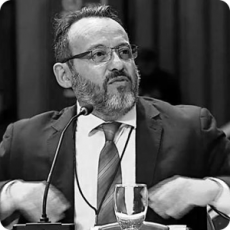
“The first reason is low or absent investment in children from a rights and inclusion perspective as an axis for development policies. The second reason relates to the prevalence of a patriarchal and sexist culture amongst many policymakers and governmental officials – even religions and cults – who consider every child as a possession and every adolescent potentially conflicting which diminishes the possibility of and capacity for constructive participation and social cohesion.”
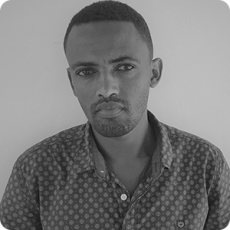
“In my opinion, child abuse is on the rise as a result of man-made and natural crises coupled with technological advancements (with its pros and cons). The problem is rising at an alarming rate in developing countries where one in four of the world’s children lives and these children face an uncertain future. According to the UNICEF report, children affected by climate change are vulnerable to a range of heightened risks, notably those that result from displacement and migration. Separation, exploitation and limited access to health and education services are some of the many challenges and risks facing children affected by climate change – the newly emerging dynamics.”

“Children, specifically those living in rural and peri-urban areas of developing countries, are increasingly becoming exposed to different cultures and behaviors through uncontrolled media and contact with other cultures. This makes them more susceptible to abuse from communities whose cultures do not see violence against children as a concern. It is common to see children as young as 12 years old in rural communities, such as those in Northern Uganda, going to a night disco or places of entertainment without any concern shown by their families or the authorities. Families are becoming exposed to humanitarian and family crises which are beyond their ability to cope. This makes them easy targets for abuse or inducements to acts that require adult or mature consent.”
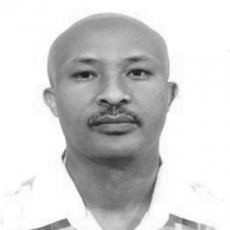
“The coordination between the formal and informal systems responsible for saving the lives of children in difficult circumstances fails to accomplish its task. Similarly, international communities are less proactive in providing a solution for the crisis which is cropping up everywhere.” (Zeru Desta, international expert in Child Protection)

“Accordingly, the increase in all forms of violence in the world – from war conflicts (and migrations) to impoverishment and other socio-economic pressures – accelerates the process of family disintegration and endangers the position of children worldwide. This is especially the case in multi-problem families where dysfunctional patterns of relationships and violence against children are trans-generationally transmitted. In such high-risk families, children are at great risk of being exposed to neglect and to other forms of violence, such as cruel physical punishment, emotional and sexual abuse, forced to beg or work and this includes pimping children and passing them to sexual predators.”
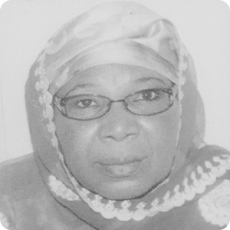
“In the Sahel, the rights of children are continuously violated and the situation is becoming increasingly exacerbated due to the explosion of a number of armed conflicts and jihadist attacks in the region. In the Lake Chad basin, Boko Haram terrorists kidnap children from their families and use them as soldiers or sex slaves for girls. Hundreds of children are today forcibly engaged in irrelevant battles between national armies and jihadist groups. These children are deprived of their most basic rights, such as education, health, survival and development, but also find themselves in the greatest vulnerability.”
What can the international community do in order to reduce violence against children?

“A multi-agency approach to child protection can facilitate increasing support for families. When all sectors such as education, health, legal and others are involved in the prevention of the abuse of children, it becomes easier as needs are identified early and support and intervention is provided appropriately. Empowerment and survival measures can also help to permit families to address socioeconomic needs at the household level. Consistent immediate response measures such as psycho-social, medical and legal support are also very significant in providing support to children at risk but also in bringing evidence and the extent of the problem to the forefront.”
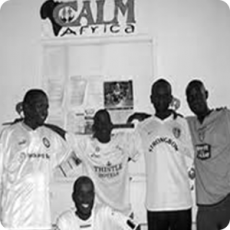
“Some suggestions would be aware in general terms, research about the causes and the implementation of subsequent recommendations, putting child protection on international agenda, not just as a priority but as an absolute commitment to see a sustainable change. Also, the UN Convention on Child Rights needs to be revised in light of the changing dynamics in the world and needs to look at the systematic follow-up and research about its effectiveness. Policymakers and professionals involved in child protection need to meet often to review existing strategies.”
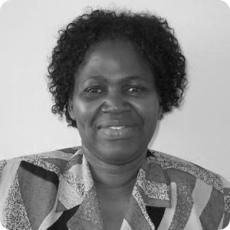
“The entreaty to the international community is to be definitive in understanding who a “child” is – innocent, trusting, humble, appreciative, respecting, full of potential, peaceful and loving and to go out of our way to protect the “child”. This needs to start with the parents of each child. This understanding by parents needs to manifest itself in the kind of relationship that exists between the child and the parents right from the start, catching them while young with protective, age-appropriate and empowering messages against child maltreatment. The international community must be cautious about this stance, desisting from reactive strategies, but coming up with deliberate, relevant, proactive, culture appropriate approaches to arm children to face the roaring lions out in the world and stand bold against child maltreatment.”
Check more than 200 job opportunities related to child protection here.
